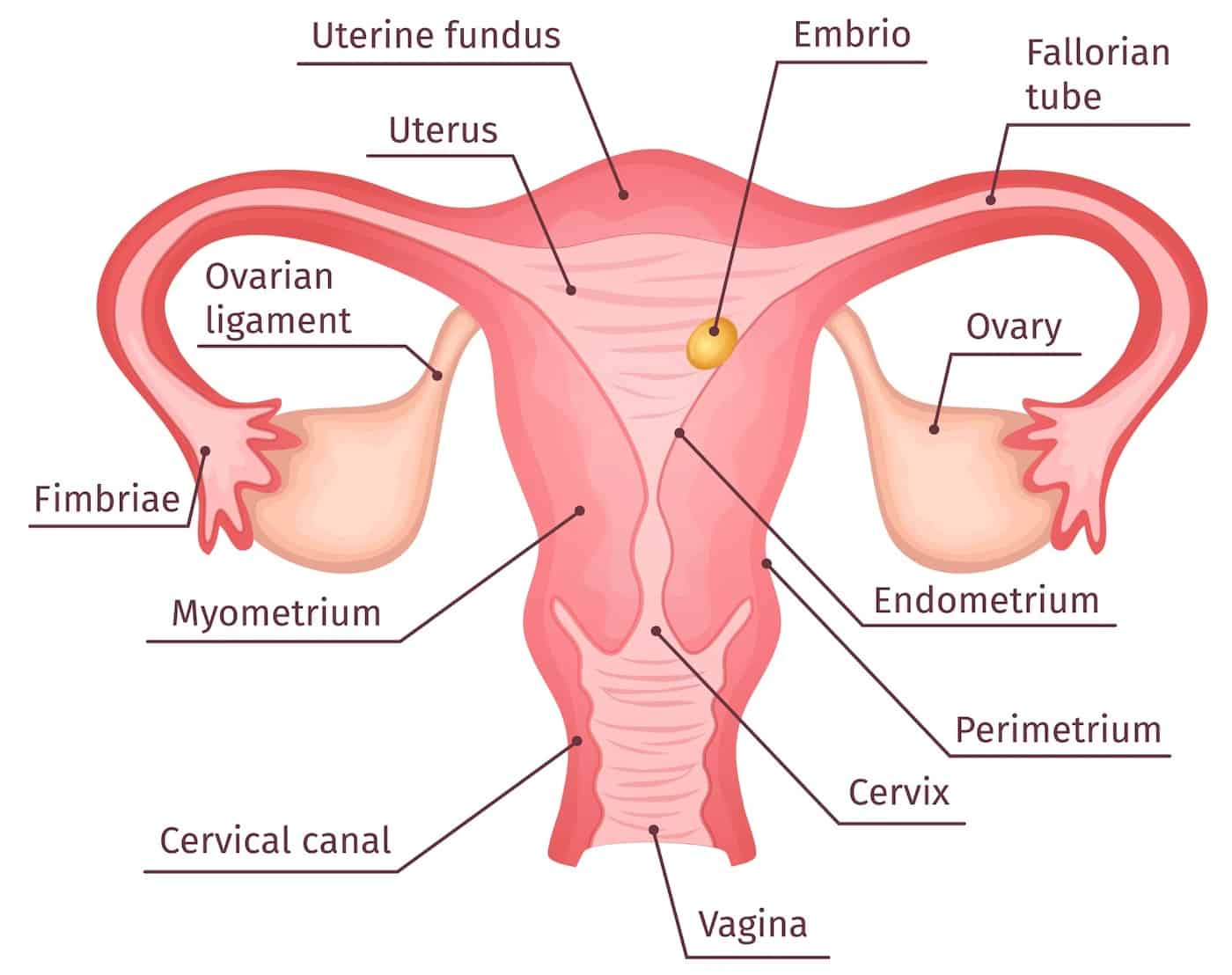As you go through life, you may face some medical issues unique to women. Women First offers comprehensive Female Pelvic Medicine and Reconstructive Surgery (FPMRS) that can help you cope with and treat a variety of issues, including:
Urinary Incontinence: Uncontrollable urinary leakage is extremely common (more so in women) and can be cured or improved in about 80% of the women who seek treatment. Urinary incontinence can be caused by a variety of factors—childbirth and pregnancy, menopause, aging, urinary tract obstructions (i.e., tumors), neurological disorders, prior pelvic surgery, and more.
Women First employs a wide array of treatments for urinary incontinence, ranging from behavioral (exercise, pelvic floor stimulation, etc.), to pharmaceutical (i.e., medications), to surgical options to repair and strengthen muscles and organs in the pelvis. Find out more about urinary incontinence here.
Pelvic Prolapse: Prolapse is a condition in which the connective tissue of the pelvis is no longer able to support pelvic organs. This is a common disorder, especially as women age, and can be a result of any of a long list of causes including menopause, multiple vaginal deliveries, loss of muscle tone, obesity, chronic constipation, pelvic trauma, or family history. Symptoms of pelvic prolapse can include urinary or bowel problems, feelings of bulging, fullness or vaginal “heaviness,” and recurrent bladder infections, among others.
Depending on the severity of the condition, treatment can range from exercise regimens and pessaries (removable support devices) to surgical solutions that repair the vaginal wall.
Understanding the Female Pelvic Anatomy
Understanding the anatomy of the female reproductive system may be helpful to you when discussing conditions and treatment options with your provider.

A woman’s uterus is where a baby grows when a woman is pregnant. The uterus is just one part of the female reproductive system. Other parts include the vagina, the ovaries, and the fallopian tubes.
- The ovaries are the organs that produce and contain eggs. Working with the brain and the central nervous system, the ovaries also control your hormonal cycle. They play a part in the release of the hormone estrogen, which sparks the start of the menstrual cycle and the monthly release of egg(s) until menopause.
- The fallopian tubes are the tubes that eggs travel through as they move from the ovaries to the uterus.
- The uterus is where the fertilized egg is normally implanted and nourished as it grows during pregnancy. It is the lining of the uterus that builds up and sheds with each menstrual cycle.
- The cervix is the lower portion of the uterus and connects the uterus to the vagina.
- The vagina, or birth canal, is the passage from the cervix to the genital area.
What is the Pelvic Floor?
The pelvic floor is a group of muscles that form a supportive sling in the lower pelvis. This sling, made up of 14 different muscles arranged in three layers, attaches to the pelvic bones. In a woman’s body, the pelvic floor muscles surround the urethra, vaginal opening, and anus. In addition to keeping the pelvic organs in place and the pelvic bones stable, the pelvic floor muscles are also responsible for:
- The pleasurable muscle contractions felt in the genitals during orgasm. Orgasms feel bigger and stronger when the pelvic floor muscles are strong.
- Comfortable vaginal penetration. Flexibility of the pelvic floor muscles is important for comfortable penetration.
- Keeping urine inside the bladder at moments of unexpected belly pressure (laughing, coughing, lifting, sneezing, jumping).
- Keeping stool inside the rectum until you consciously relax your pelvic floor to allow it to pass.







